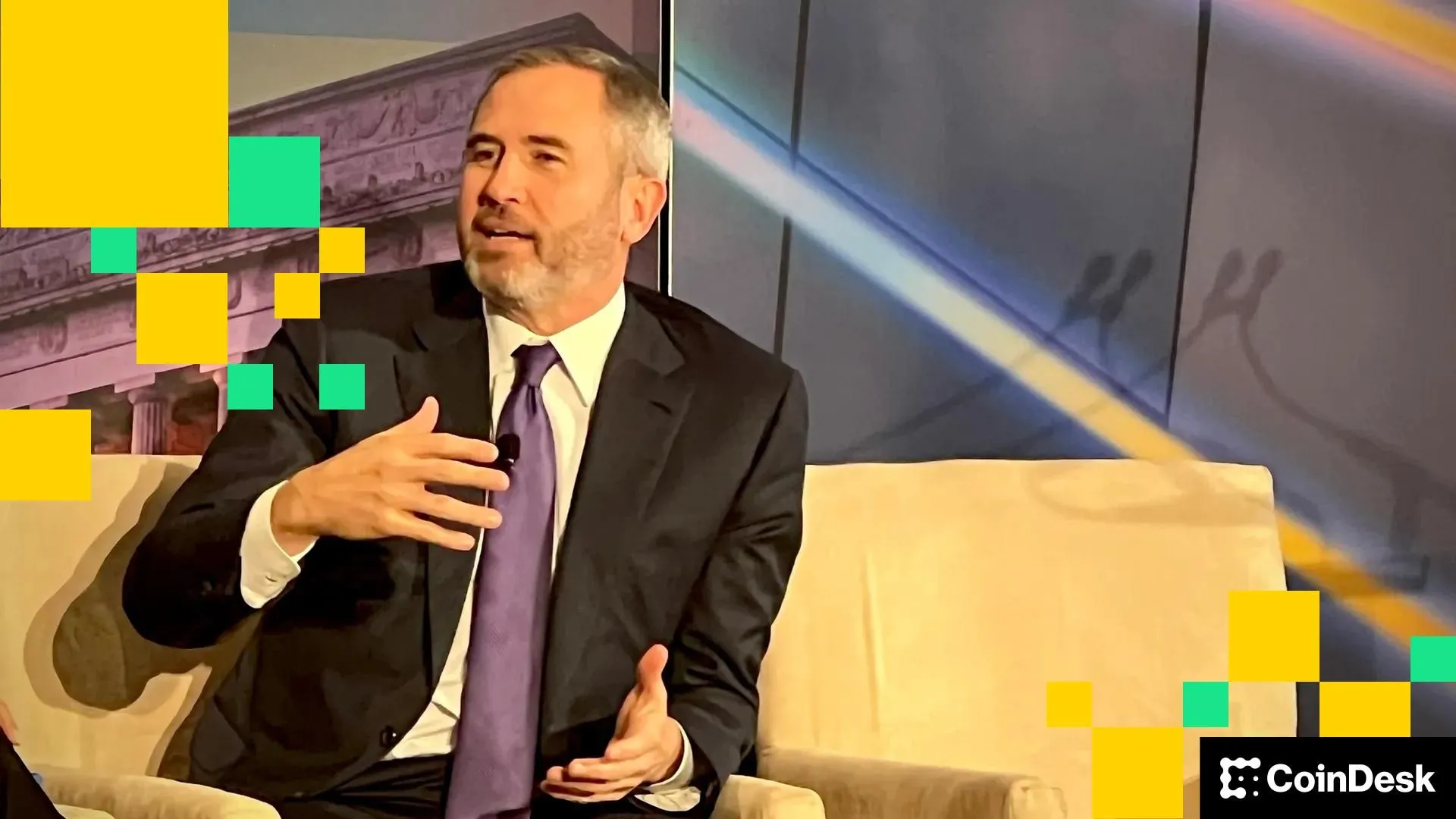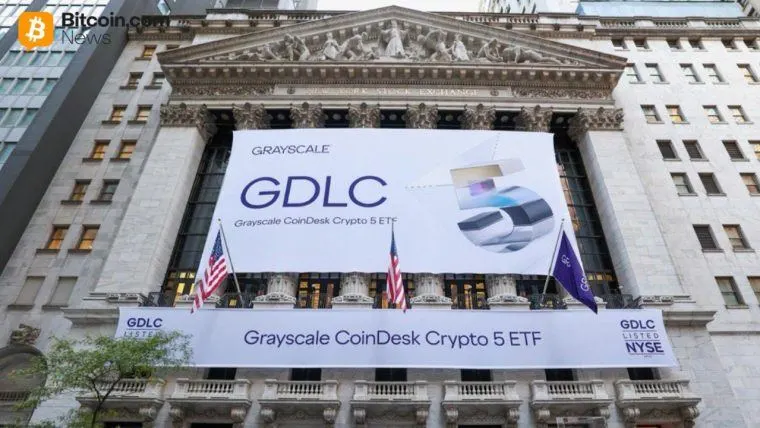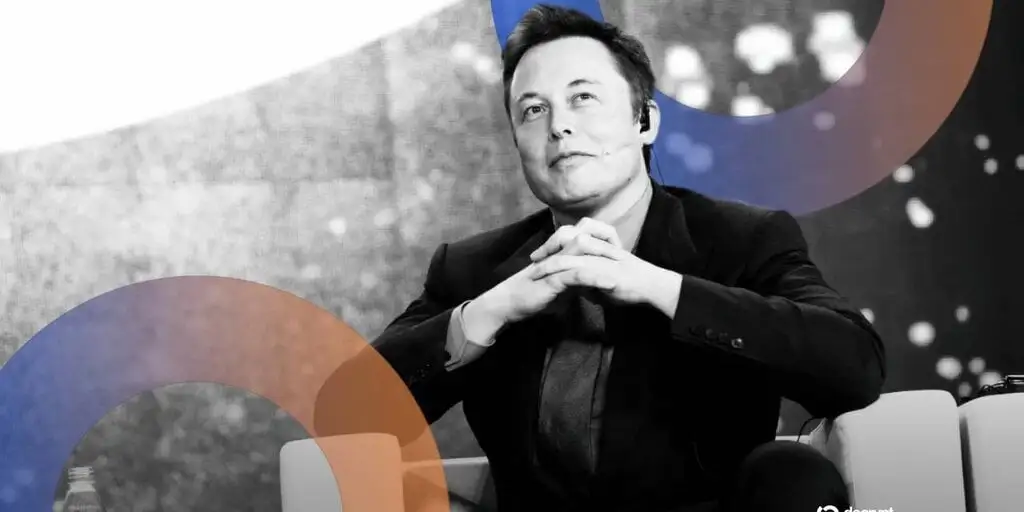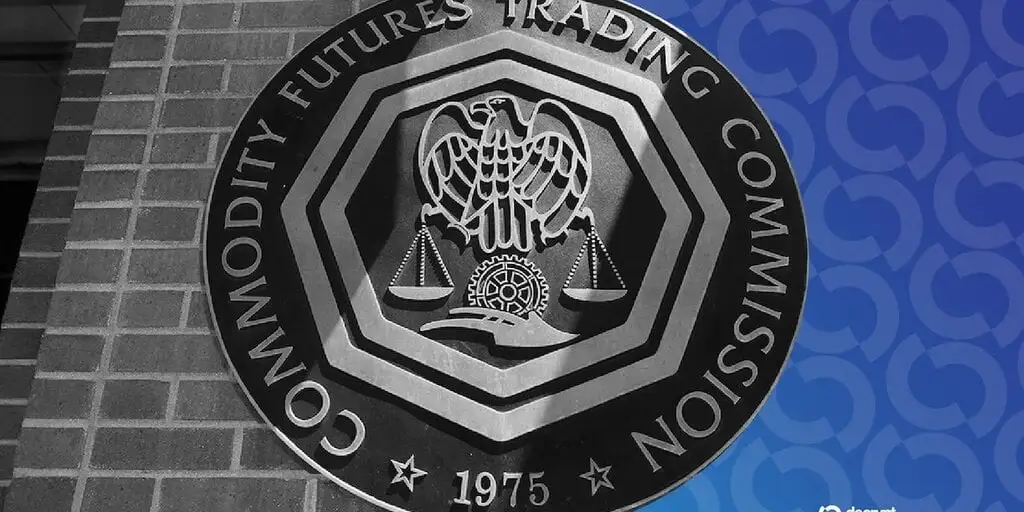In the stable market of 2025, the competition among cryptocurrency exchanges is no longer about "whose coin price rises the fastest," but rather "whose project can be implemented more effectively." As short-term sentiments gradually fade, the growth logic of platforms returns to a more fundamental question—can they continuously deliver viable projects that genuinely benefit users?
Over the past year, Gate has particularly excelled in the speed of project launches. From high-subscribed projects on Launchpad to ongoing airdrop programs like Launchpool and HODLer Airdrop, project updates have progressed almost on a "weekly" basis. This rhythm of "high-frequency launches and continuous feedback" not only maintains ecological vitality but also keeps users in a state of participation.
What is even more noteworthy is that this speed is not simply about "piling up projects." Taking HODLer Airdrop as an example, by October 2025, the platform had distributed a cumulative airdrop of $312 million, attracting over 12.17 million participants and supporting 311 projects. This data indicates that the platform's airdrops are not just marketing events but a "beneficial mechanism" that drives the cold start of new projects and provides early exposure for more small and medium-sized teams.
For developers, this is a platform that "exchanges traffic for trust"; for users, it is a model of "exchanging participation for opportunities." To some extent, this also reflects a more mature industry logic: when capital flows tighten and users become more rational, what truly encourages ongoing participation is not speculative stories but rather mechanism design.
Under this mechanism approach, Gate has gradually formed a three-tier incentive structure composed of CandyDrop, Launchpool, and Launchpad—ranging from light participation to deep engagement, from task incentives to financialized subscriptions.
CandyDrop: Daily Incentives Since its launch in April 2025, CandyDrop has held a total of 100 events, with a total prize pool exceeding $15 million and over 5.5 million participants. Its uniqueness lies in its "low threshold + high frequency": users do not need to stake or lock assets; they only need to complete tasks to receive rewards. The significance of this model is not in the amount of rewards but in establishing "participation inertia"—allowing users to form stable feedback through low-cost actions, similar to scrolling through short videos. This "light incentive structure" has become a natural entry point for platform traffic.
Launchpool: Financialized Incentive Bridge By October 2025, Gate Launchpool had distributed a total of $53.92 million in airdrops, with total fundraising reaching $4.1956 billion and over 6.88 million participants. Compared to the light-touch incentives of CandyDrop, Launchpool allows participants to gain potential new coin returns under the logic of "staking equals earning." It upgrades incentives from "tasks" to "asset behaviors," giving liquidity value to users' holdings.
This model is similar to "current yield financial products" in traditional finance, but in the crypto context, users' assets are directly linked to project issuance, making risks and opportunities more transparent.
Launchpad: Growth Leverage Endpoint At the other end of the high-risk, high-heat spectrum, Launchpad remains an important incubator for "star projects." To date, the platform's Launchpad has raised a total of $2.006 billion, supporting 4 projects with approximately 97,700 participants.
Although the number is small, the average size is substantial, reflecting the platform's caution and concentration in project selection and resource investment.
This means Gate is maintaining ecological momentum with fewer, higher-quality projects—transitioning from "quantity expansion" to "quality-driven."
The relationship among the three forms a clearly structured hierarchy: CandyDrop is responsible for attracting new users and engagement, Launchpool is responsible for retention and returns, and Launchpad is responsible for explosive growth and visibility.
This "pyramid-style growth design" allows users at different levels to find their roles and profit logic within the ecosystem.
These numbers may seem independent, but they collectively point to a core logic: the sustainability of incentives. If we compare exchanges to an ecosystem, CandyDrop is the entry point, Launchpool is the circulatory system, and Launchpad is the energy output end.
First is frequency-driven growth. The high-frequency rhythm of CandyDrop allows users to form daily participation habits, and this "daily active" effect is the most stable source of growth for the platform. It does not rely on market conditions but on habits.
Second is revenue-driven retention. Launchpool enables users' assets to continuously generate returns, providing a psychological anchor of "steady progress" in a volatile market. When users feel that the platform can deliver predictable returns, trust naturally accumulates.
Finally, there is volume-driven diffusion. Launchpad projects often come with their own dissemination effects. A blockbuster project can drive exposure for the entire ecosystem, while CandyDrop and Launchpool play roles in user flow and tiered education during this process.
The result of this interaction is that the platform has gained the ability to "self-generate"—incentives are not merely consumption but are transformed into traffic, retention, and asset recycling.
If the past competition among exchanges was about "who offers more rewards," the current competition has shifted to "who can make incentives structural." Gate's rapid launches and continuous operations reflect a new industry paradigm: replacing emotions with mechanisms and driving growth through structure.
From the high-frequency launches at the project level to the light participation entry of CandyDrop, and the tiered extensions of Launchpool and Launchpad, this series of actions constitutes a complete incentive ecosystem.
Users gain not only rewards but also a path for continuous participation; project parties gain not just exposure but a sustainable user base.
As "wealth creation" shifts to "benefit creation," and as incentives are no longer just a means of attraction but become the foundation of the ecosystem,
perhaps we are witnessing the true beginning of maturity in the crypto industry—a cycle that does not rely on wild fluctuations but can grow based on structure.
Related: President's strong push for crypto, but regulation remains cautious: South Korea's policy collision.
Original: “The Competitive Edge Beyond Speed: The Battle of Platform Mechanisms Behind Project Launches”
免责声明:本文章仅代表作者个人观点,不代表本平台的立场和观点。本文章仅供信息分享,不构成对任何人的任何投资建议。用户与作者之间的任何争议,与本平台无关。如网页中刊载的文章或图片涉及侵权,请提供相关的权利证明和身份证明发送邮件到support@aicoin.com,本平台相关工作人员将会进行核查。




